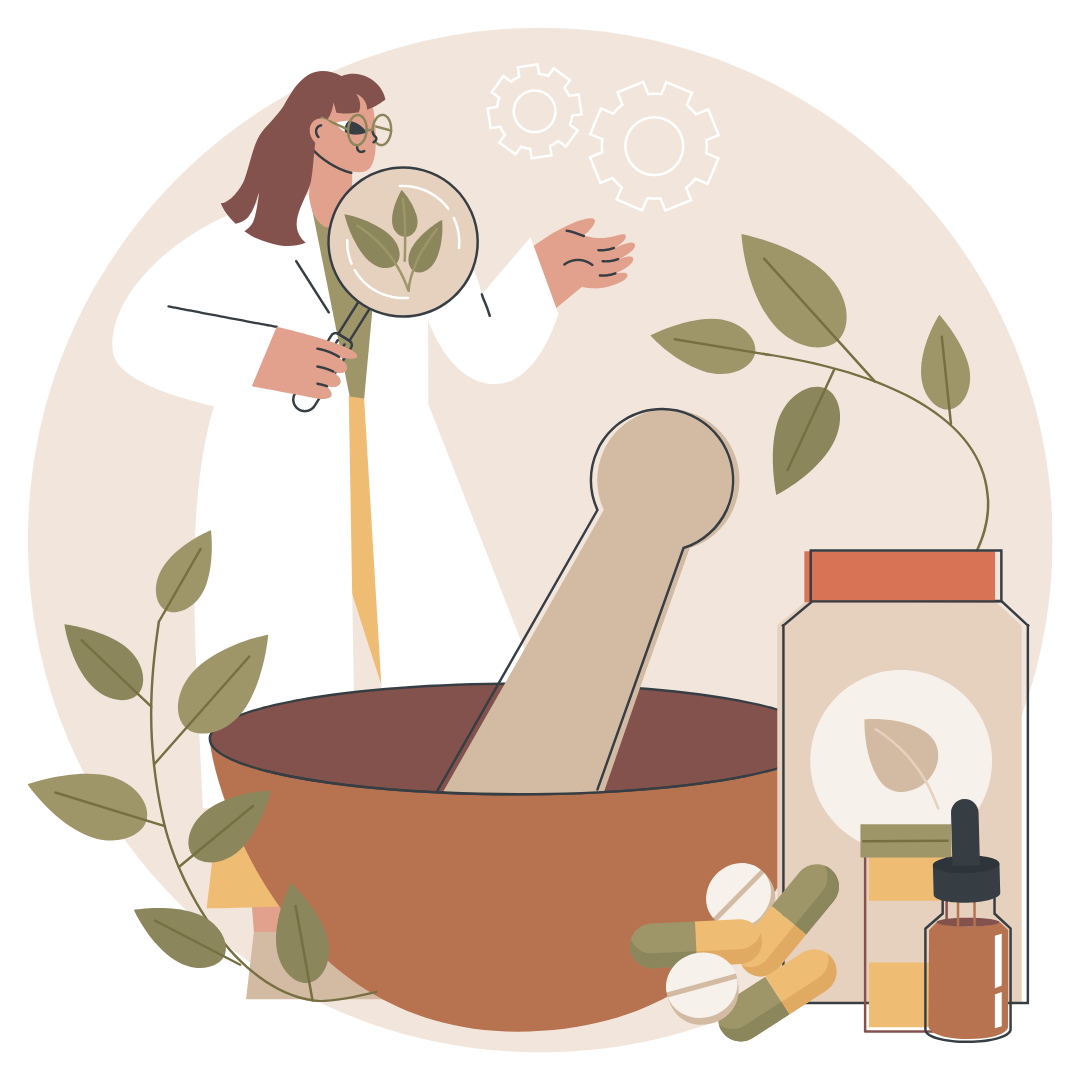Growing medicinal plants in a vertical garden is an exciting and practical way to maximize your gardening space and enjoy the benefits of natural remedies right at home.
Whether you live in a small apartment or love the idea of a green wall filled with healing plants, this guide will help you create your vertical medicinal garden.

In this article, we will cover the benefits of vertical gardening, how to choose the right medicinal plants, setting up your garden, planting and care tips, dealing with pests and diseases, and the various benefits of specific medicinal plants.
Table of Contents
ToggleWhy Choose Vertical Gardening?
Vertical gardening is a fantastic option for several reasons.
First, it saves space. If you live in an urban area or have a small backyard, vertical gardening allows you to grow a variety of plants without taking up much floor space.
Second, vertical gardens can improve air quality by adding more greenery to your environment. Plants absorb carbon dioxide and release oxygen, making the air fresher and cleaner.
Third, vertical gardens are easier to maintain. You can access your plants without bending over or kneeling, making gardening more comfortable and enjoyable.
Lastly, vertical gardens add a beautiful, lush aesthetic to your home, creating a vibrant and calming atmosphere.
Choosing the Right Medicinal Plants
When selecting plants for your vertical garden, it’s important to choose those that thrive in vertical settings and offer medicinal benefits. Some popular medicinal plants for vertical gardens include:
- Aloe Vera: Known for its soothing properties, aloe vera can be used to treat burns, cuts, and skin irritations. It’s also easy to grow and requires minimal care.
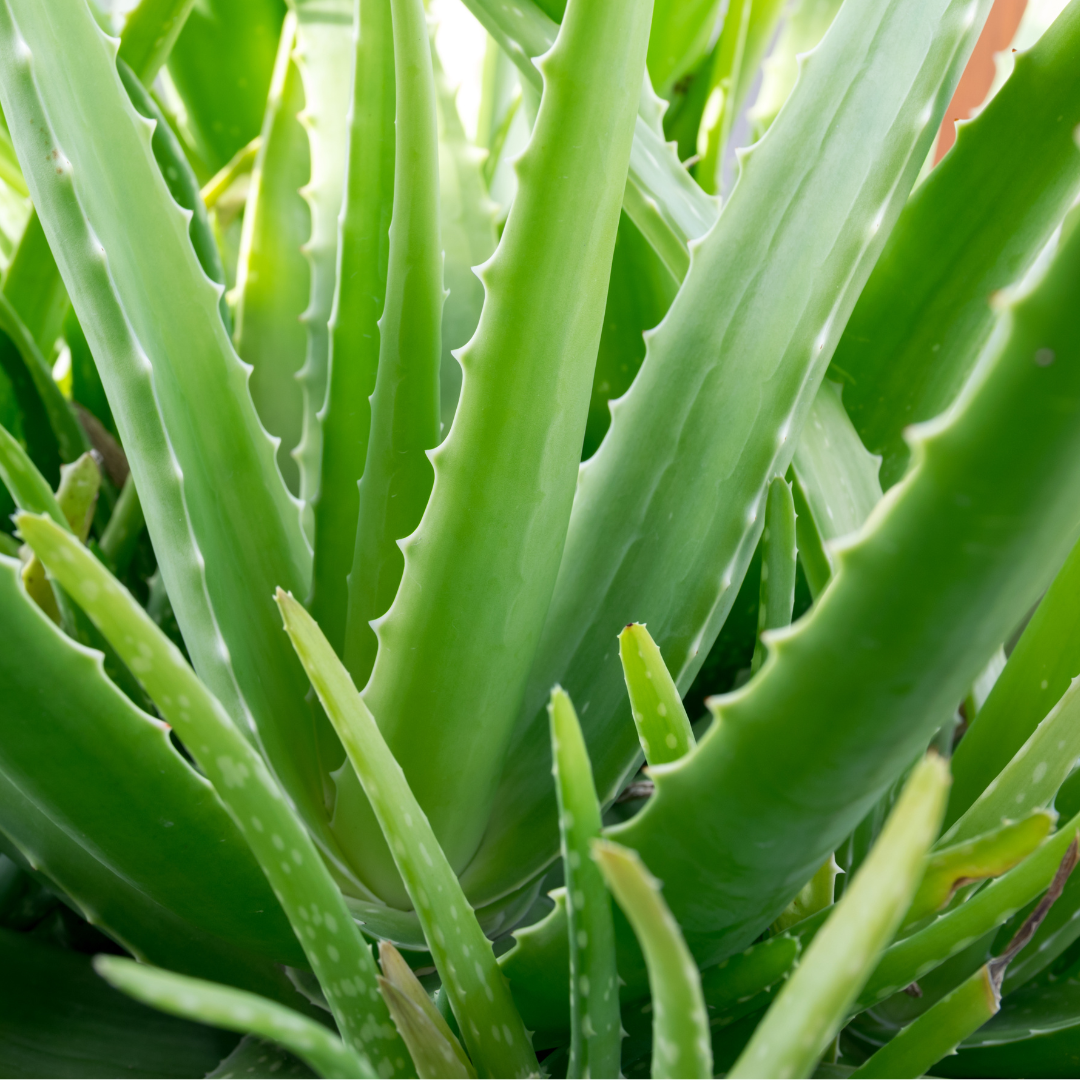
- Lavender: This fragrant herb is great for promoting relaxation and sleep. Its flowers can be used to make teas, oils, and sachets.

- Mint: Mint is excellent for digestion and respiratory health. It grows quickly and can be used in teas, cooking, and homemade remedies.
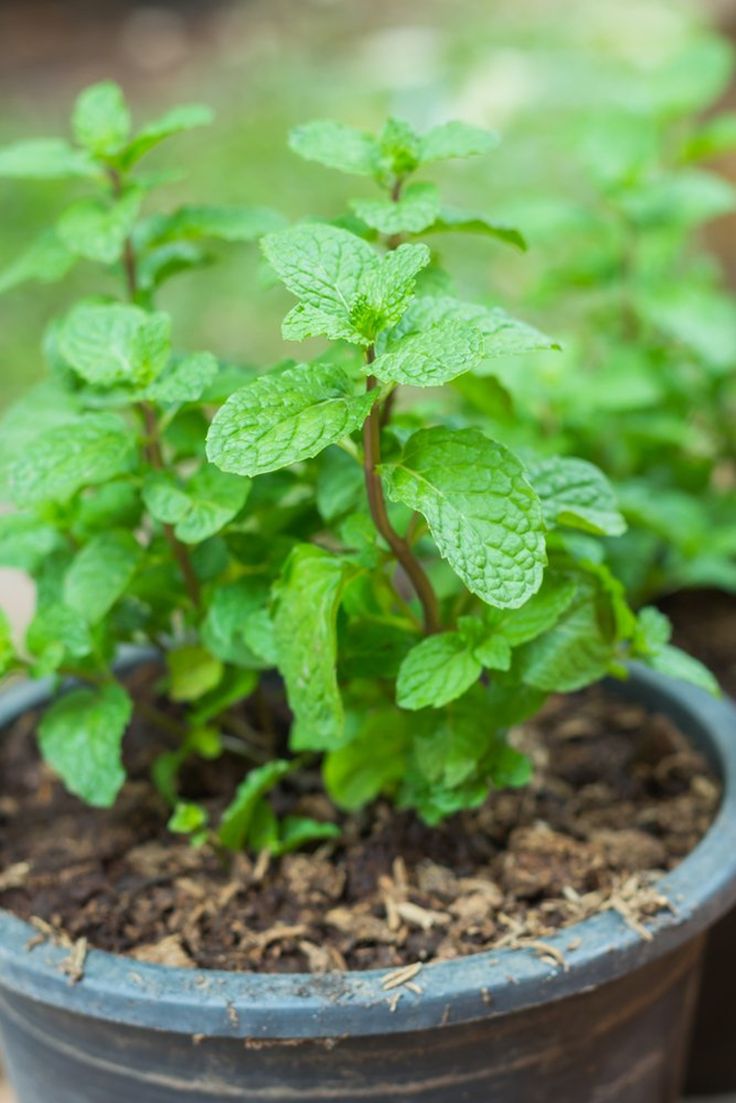
- Basil: Basil has anti-inflammatory and antibacterial properties. It’s a versatile herb used in many culinary dishes and natural remedies.

Setting Up Your Vertical Garden
Setting up your vertical garden involves choosing the right structure, containers, and soil. Here’s a step-by-step guide:
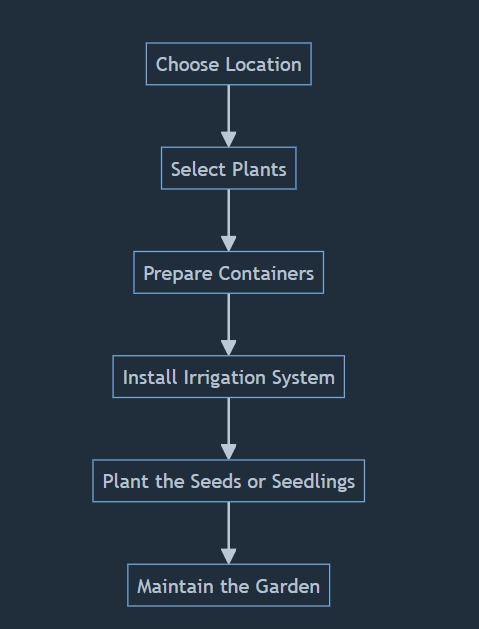
- Select a Structure: The first step is to choose a sturdy frame or wall-mounted system. You can use wooden pallets, metal grids, or specialized vertical garden kits. The structure should be strong enough to support the weight of the plants and soil.
- Choose Containers: Next, select containers that are suitable for vertical gardening. You can use pots, hanging baskets, or pockets designed for vertical gardens. Make sure the containers have proper drainage to prevent waterlogging.
- Prepare the Soil: Use a high-quality potting mix for your vertical garden. You can enhance the soil with compost or organic fertilizer to provide the necessary nutrients for your plants.
Planting and Care
Once your vertical garden is set up, it’s time to plant your medicinal herbs and take care of them. Here are some tips to ensure your plants thrive:
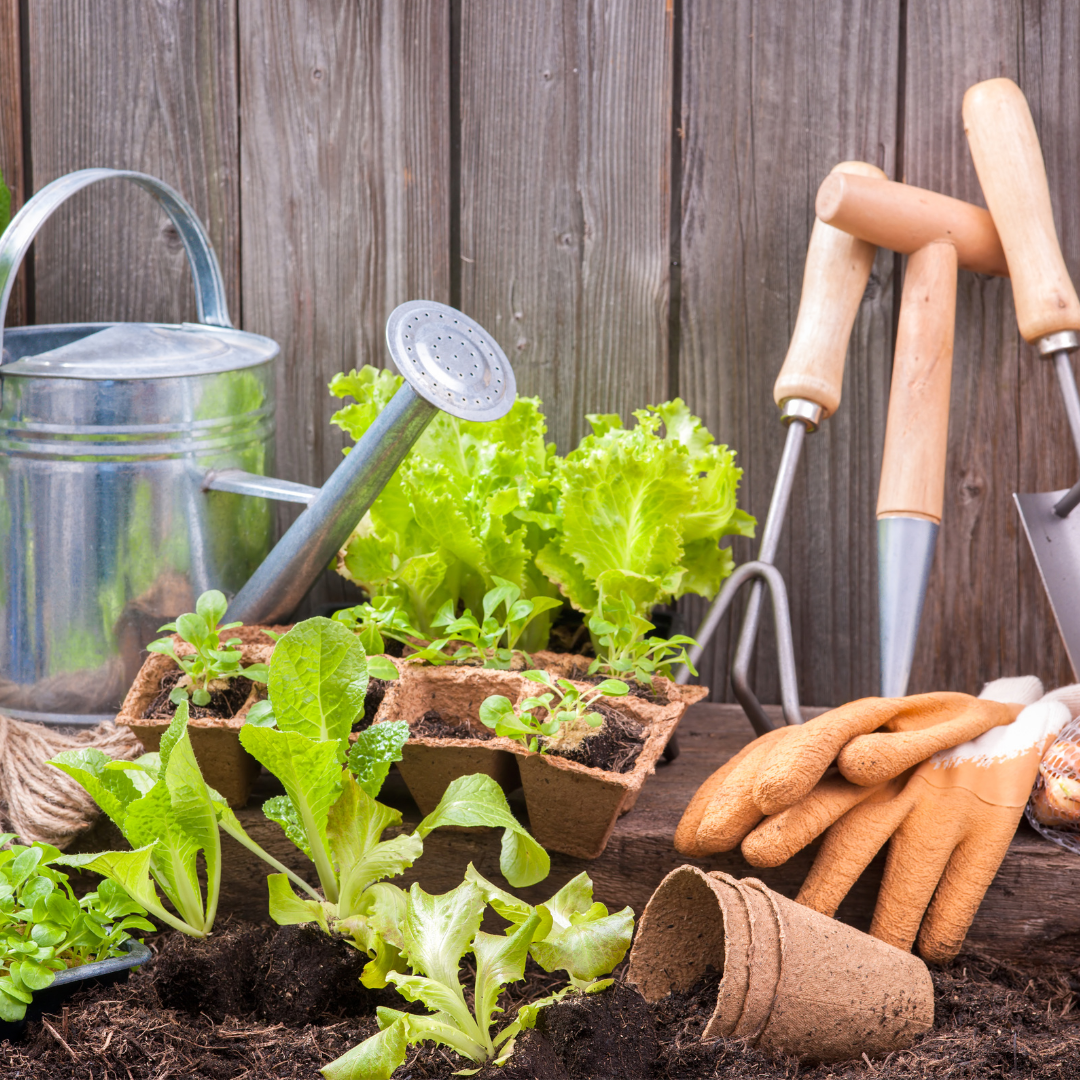
- Planting: When planting your herbs, arrange them so that taller plants are at the top and shorter plants are at the bottom. This arrangement ensures that all plants receive adequate sunlight. Plant your herbs according to the instructions on their seed packets or plant labels.
- Watering: Proper watering is essential for the health of your plants. Install a drip irrigation system or water your plants manually. Ensure the soil stays consistently moist but not waterlogged. Overwatering can lead to root rot.
- Lighting: Place your vertical garden in a location where it receives plenty of sunlight. Most medicinal plants need at least 6 hours of sunlight daily. If natural light is insufficient, consider using grow lights.
- Pruning and Harvesting: Regularly trim your plants to encourage healthy growth and prevent overcrowding. Harvest leaves and stems as needed for medicinal use. Pruning also helps maintain the shape and appearance of your vertical garden.
Dealing with Pests and Diseases

Pests and diseases can affect the health of your plants. Here are some natural methods to keep your garden healthy:
- Natural Remedies: Use natural pest control methods such as neem oil or insecticidal soap to keep pests at bay. These remedies are safe for your plants and the environment.
- Companion Planting: Planting certain herbs together can help repel harmful insects. For example, planting garlic or marigolds near your medicinal plants can deter pests.
- Monitoring: Regularly inspect your plants for signs of pests or diseases. Early detection is crucial for effective treatment. Remove any affected leaves or plants to prevent the spread of diseases.
Benefits of Medicinal Plants
Growing your medicinal plants offers numerous health benefits. Here are some of the benefits of specific plants:
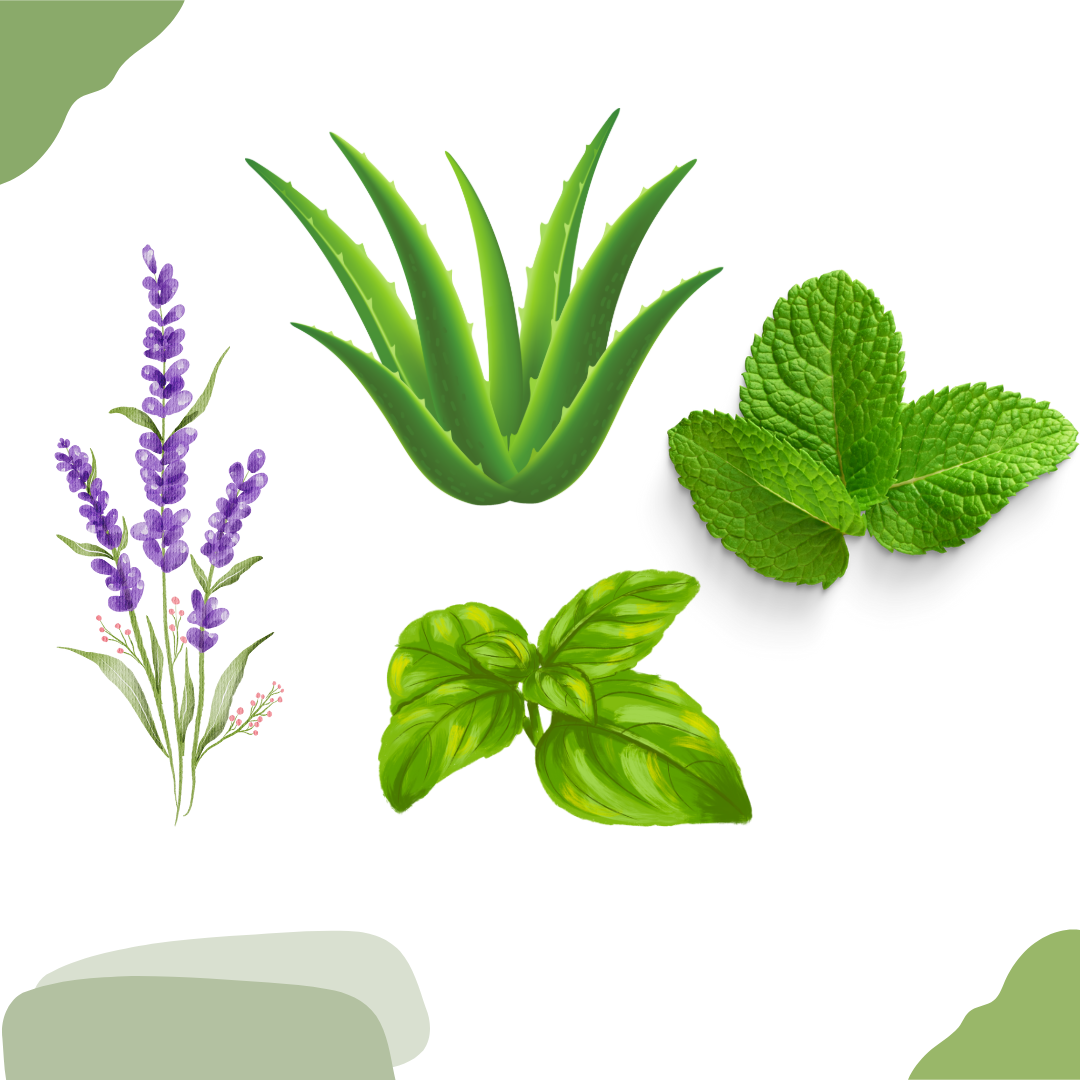
- Aloe Vera: Aloe vera is well-known for its healing properties. It can soothe burns, cuts, and skin irritations. The gel from aloe vera leaves can also be used in homemade skincare products.
- Lavender: Lavender is a versatile herb that helps with relaxation and sleep. Its calming scent can reduce stress and anxiety. Lavender oil can be used in aromatherapy, bath products, and skin treatments.
- Mint: Mint is excellent for digestive health. It can alleviate headaches, improve digestion, and relieve respiratory issues. Mint leaves can be used in teas, cooking, and homemade remedies.
- Basil: Basil has anti-inflammatory and antibacterial properties. It can boost your immune system and fight infections. Fresh basil leaves are perfect for adding flavor to your dishes and making natural remedies.
Maintaining Your Vertical Garden
To keep your vertical garden healthy and thriving, follow these maintenance tips:

- Regular Inspection: Check your plants regularly for any signs of stress, pests, or diseases. Early intervention can prevent major issues.
- Nutrient Management: Fertilize your plants periodically to replenish soil nutrients. Use organic fertilizers to keep your plants healthy and productive.
- Seasonal Care: Protect your plants from extreme weather conditions. During winter, bring delicate plants indoors or provide additional protection to prevent frost damage.
Conclusion
Creating a vertical garden with medicinal plants is a rewarding and enjoyable experience. Not only do you get to enjoy fresh, organic remedies, but you also add beauty and greenery to your living space.
By following the steps outlined in this guide, you can set up and maintain a thriving vertical medicinal garden. Happy gardening!
By incorporating these tips, you’ll have a beautiful and productive vertical garden that serves both your health and aesthetic needs.
Enjoy the process and the many benefits that come with growing your own medicinal plants.
